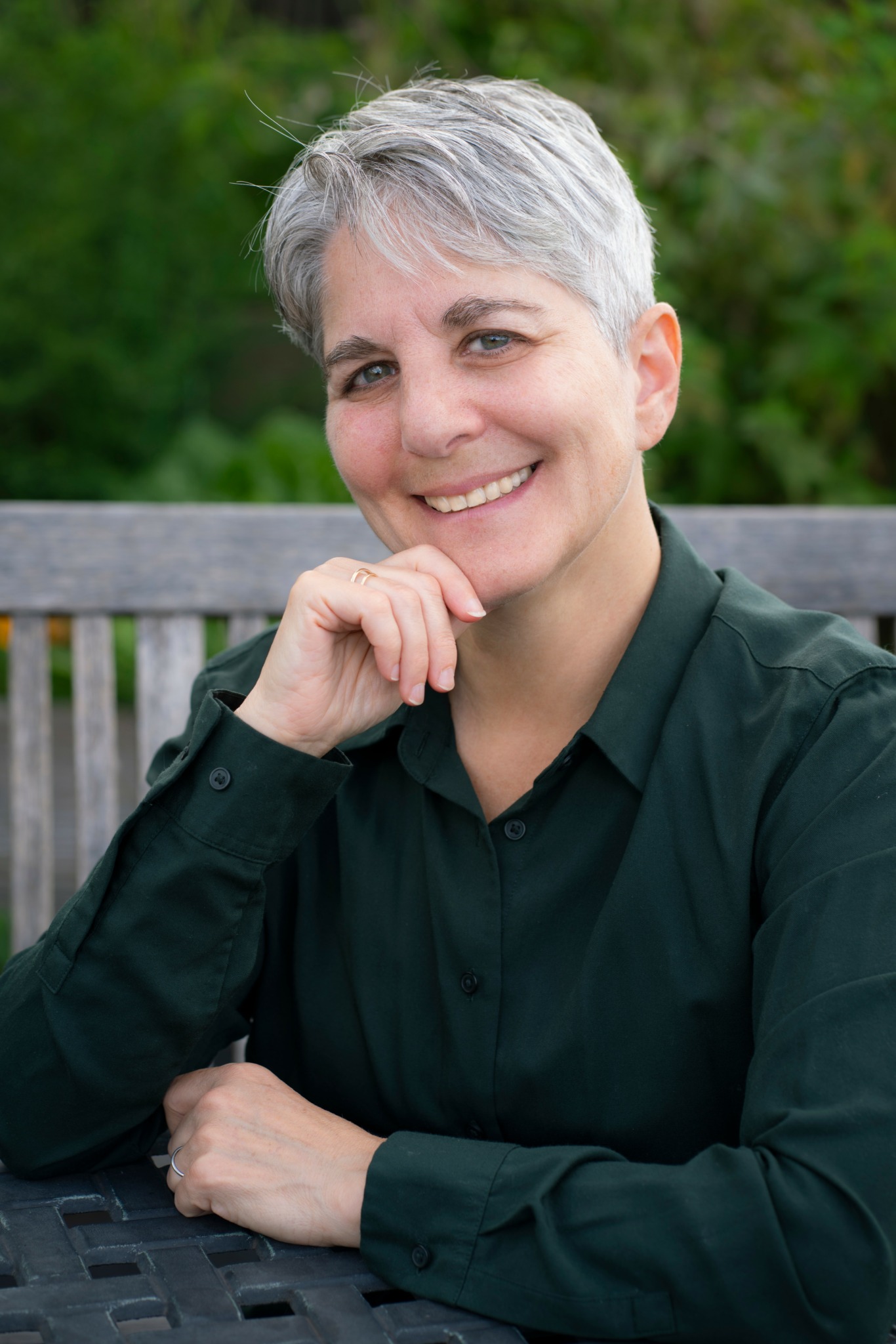Alright – so today we’ve got the honor of introducing you to Clarinda Mac Low. We think you’ll enjoy our conversation, we’ve shared it below.
Clarinda, thanks for joining us, excited to have you contributing your stories and insights. Can you open up about a risk you’ve taken – what it was like taking that risk, why you took the risk and how it turned out?
When I was at the end of the first semester of my senior year in college I decided not to pursue an advanced degree in Biochemistry. I had at that point been double majoring in Biochemistry and Dance for over two years. While I loved the study and practice of science, I was being pulled more and more towards creative practice and dance composition. I had a meeting with my advisor, a Physical Biochemist (a biochemist who deals with the physics of biochemistry), at the very end of that first semester. I had been working in her laboratory for over a year at that point so she knew me well. At the time of our meeting I had a fever of 102ºF and was half-delirious, so, when she asked me, “Why are you trying to go to grad school? You don’t want it enough–you need to want it 110% and you have all these other talents and interests,” I realized that actually, she was right. I didn’t want it enough. At this point I had taken my GREs and begun filling out grad school applications, and I kept feeling a terrible sense of dread. At that meeting I realized that indeed, as frightening as it was, I had to drop the idea of graduate school and take a chance on a creative career. This was frightening, and shifted a narrative that I had been holding since I was 11 years old, but it was the right choice.
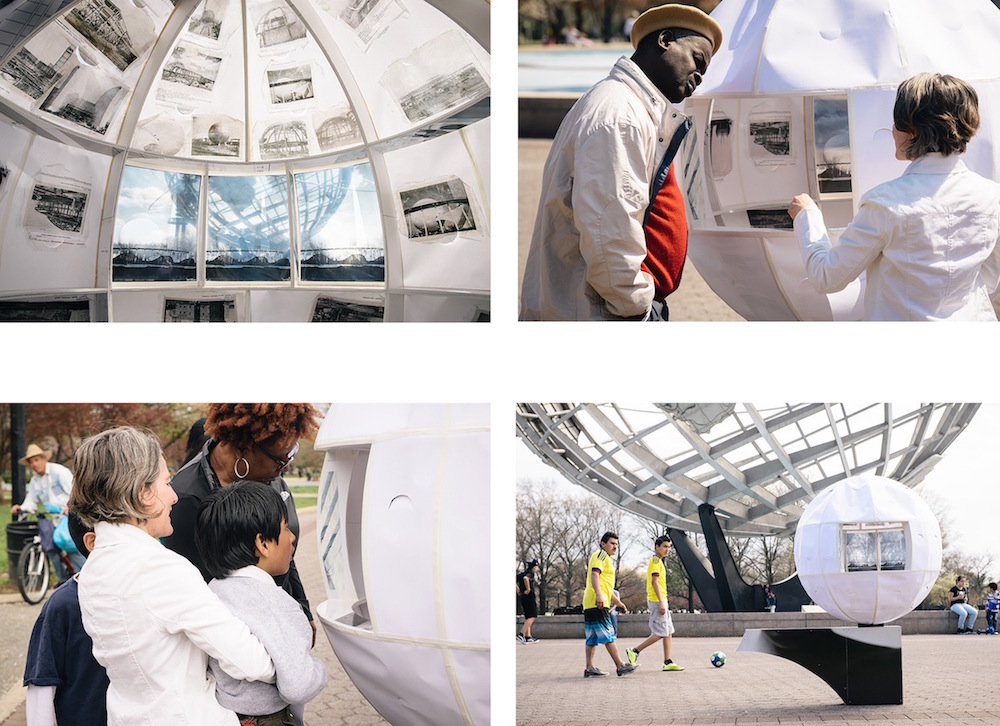
Clarinda, before we move on to more of these sorts of questions, can you take some time to bring our readers up to speed on you and what you do?
I am an artist who works in many mediums and I create a variety of situations and environments, relying on a grab-bag of tools like installation, media (including video and sound), performance, dance and other physical action, directed wandering, technological mediation, unscripted conversation, and imaginative play. I create provisional communities of all kinds, working to generate situations where the viewer and viewed are mutually affecting, with experiences that wake up the body and mind, involving the audience in an actively physical decision-making process. My original practice in multi-media dance and theater has shifted to a research-based practice of conceptual work that takes place over a period of years. Collaboration and participation are cornerstones of my methodology and my work often blurs the line between curation and authorship. For my larger projects I bring many minds together to create around a single concept, weaving several independent strands of thought into a complex new fabric. In the end, “my” work is often the work of many.
I often re-frame our relationship to architectural space and urban public interactions, with interventions into everyday life and infiltrations into unexpected sites in a wide variety of communities, from the streets of the New York City Financial District and the Queens Botanical Garden to an abandoned church in Pittsburgh, a park in Siberia, and the shores of many of New York City’s waterways. I engage audiences in the context of their everyday lives, outside the black box and the white cube, and invite them to engage differently with each other and their surroundings.
My major work includes: “Sunk Shore,” a multi-pronged project that is built to make climate change data more visceral, personal, and relatable; “Incredible Witness,” a game-based investigation of the sensory origins of empathy; “Free the Orphans,” spiritual and intellectual implications of intellectual property in a digital age; “Cyborg Nation,” public conversation on the technological body and intimacy; and “The Year of Dance”, an ethnography of how unconventional kinship structures form in the NYC dance world.
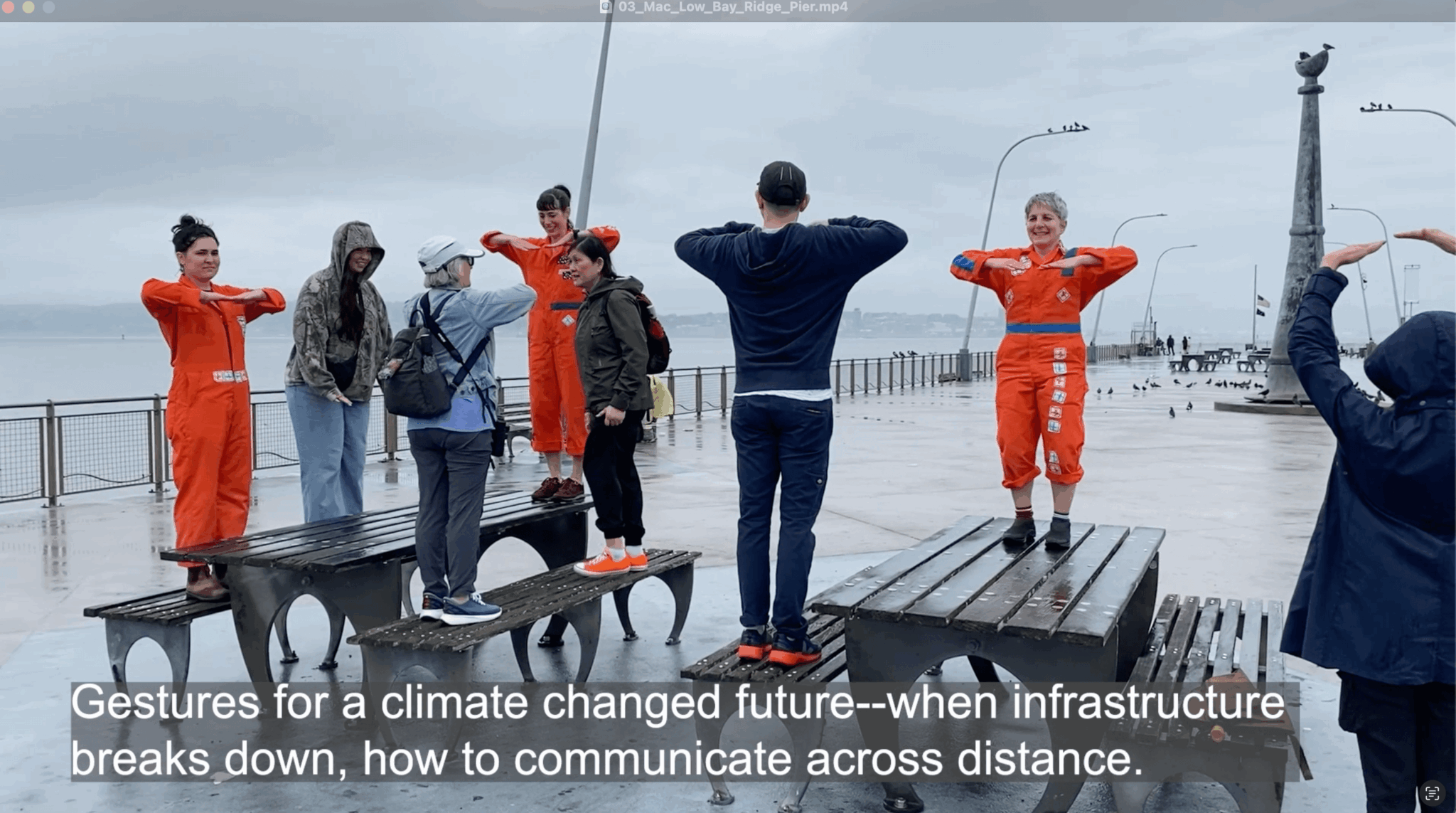
How can we best help foster a strong, supportive environment for artists and creatives?
I believe that part of my job as an artist is to nurture other artists and encourage creativity in all different types of people. I am committed to creating innovative dialogues across all creative disciplines, inside and outside the arts, and to allowing art to infiltrate the world as a mode of
problem-solving, approaching issues of social and environmental justice through the lens of imagination and community. I do this through formal and informal teaching and through two organizations that I have originated. Culture Push is an organization I created with artists Arturo Vidich and Aki Sasamoto in 2009. Culture Push runs programs that encourage participation and face to face interaction as an integral part of an ongoing cultural dialogue, nurturing artists that work at the intersection of artistic practice, civic engagement, social justice. I am also one of a group of six women who began Works on Water in 2017. Works on Water is an organization that is establishing the field of Water Art, artists and curators who work with water and waterways in response to the changing climate, increasing urban density, and a burgeoning public awareness of ecological concerns.
I offer this as a template for action–I believe that we need to help each other. Our culture and society in the US has not been built to support true creative thinking and doing, and, while we work to shift that narrative, we also need to find modes of mutual aid and support. We need to build solidarity across sectors, finding common ground with the people around us–neighbors, co-workers, other workers, and contacts both local and global. Only when all people have access to being creative thinkers will we have a society that can operate to its full potential
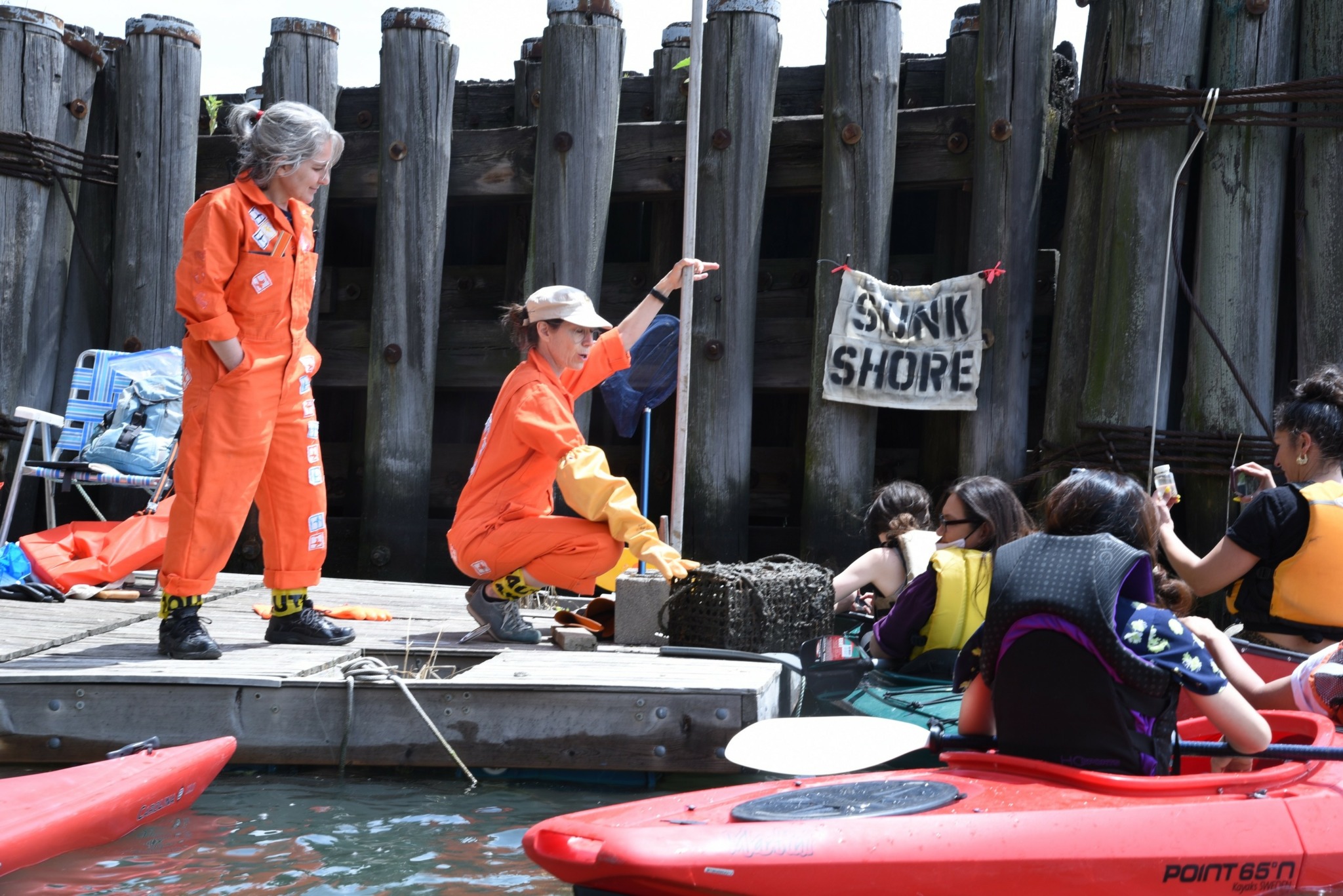
What do you think is the goal or mission that drives your creative journey?
I want to change the world! No really. I want to change how we as humans live with each other and in collaboration with the rest of the natural world, embracing collective action, care, and evidence-based solutions to difficult, or “wicked,” problems.
When I was younger I thought science would be the best realm of intervention. However, it became clear that art was going to be my area of action, and I started thinking about how to “change the world” through creativity. I asked myself, “What can art do, at its best?” My answer was, “Shift consciousness.” This answer gave me a sense of clarity and purpose, because really, there is no way to change the world without offering new modes of thinking and doing and being. I believe that creative people can reach into the inner workings of humans and allow new perspectives to emerge, offering unexpected ways to spring into action, and unusual ways to connect to each other and the world around us.
Right now I see my mission as two-fold:
– Make sure that good ideas that might get left out of the conversation have support. I do this through Culture Push, where our Fellowship for Utopian Practice prioritizes innovative ideas from creative people who don’t have access to the resources they need.
– Bring the urgency of global climate crisis into a local context so that the overwhelm of climate data can be absorbed and processed and people can find a way to act both locally and in collaboration with others.
Contact Info:
- Website: https://clarindamaclow.com, https://culturepush.org, https://worksonwater.org
- Instagram: @adniralc1
- Linkedin: Clarinda Mac Low
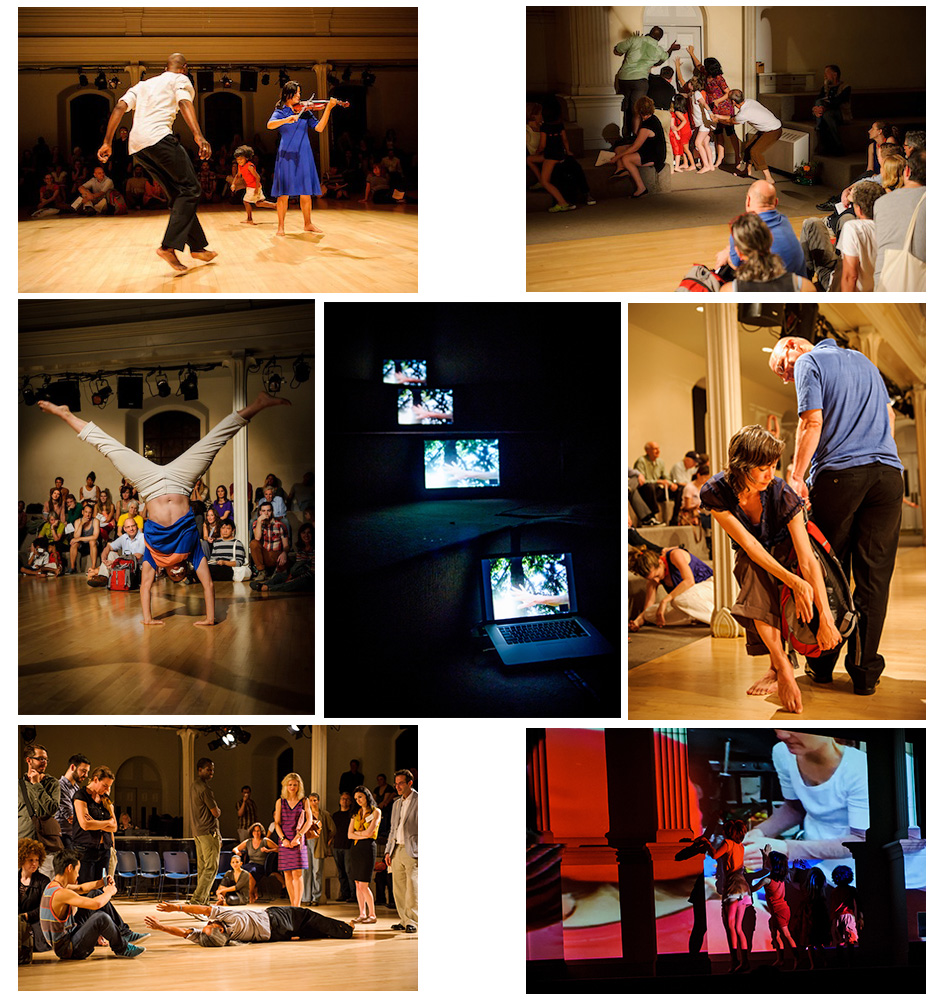
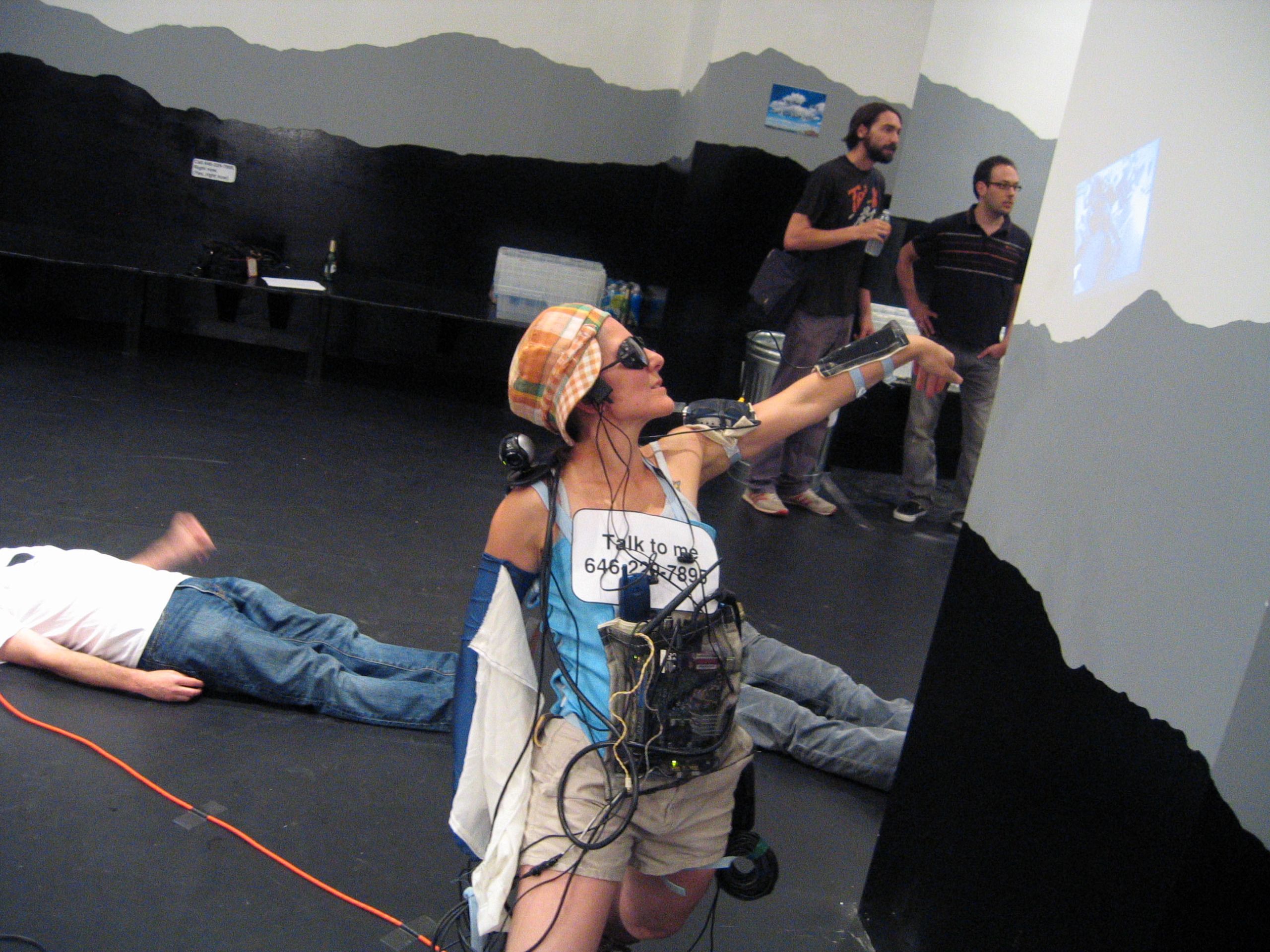
Image Credits
Hidemi Takagi
Julian Louis
Walter Polkosnik
Ian Douglas


